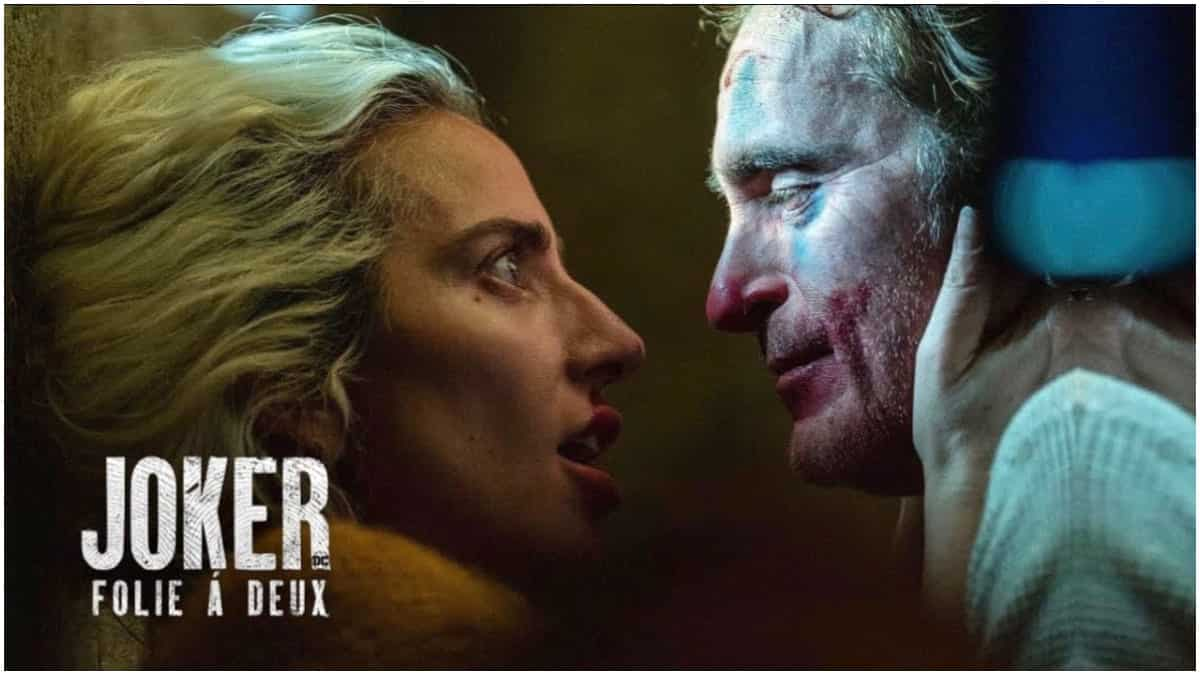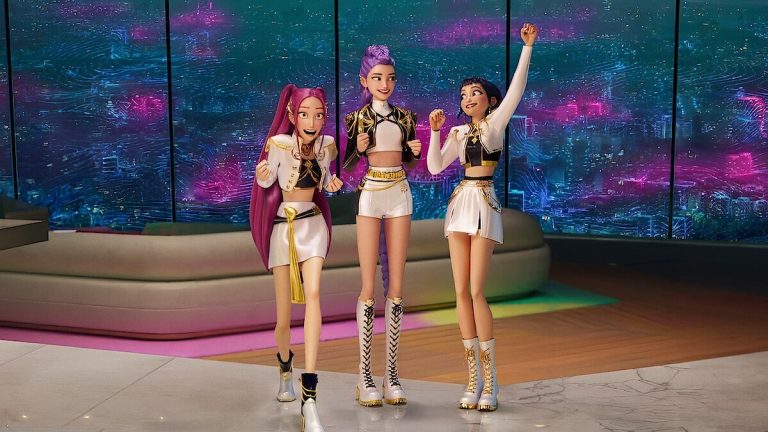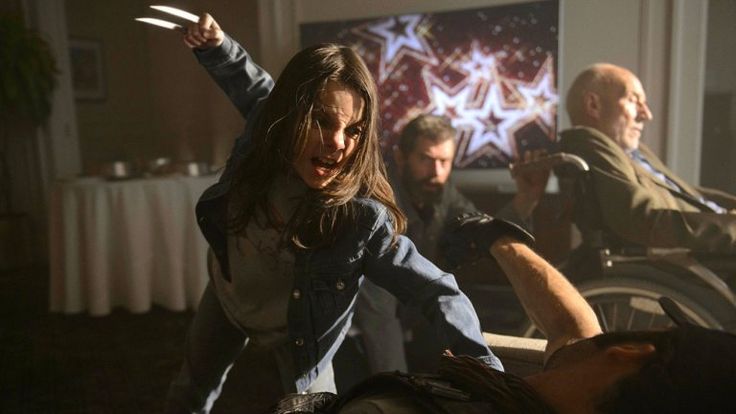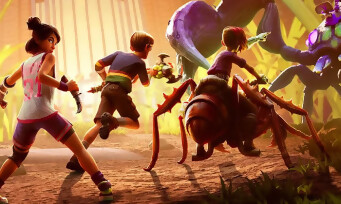
Since its debut at the Venice Film Festival at the beginning of September, opinions on Joker: Folie à Deux have sharply divided critics, with feedback predominantly negative rather than positive. It is also challenging to follow up after the cinematic impact of the first film in 2019. That film dared to perfectly counterpoint the superhero films that have flooded theaters for over two decades, a formula codified by the ultra-popular MCU. Five years later, generating over a billion dollars at the box office and elevating a film to the status of masterpiece—while also romanticizing individuals like incels or mass murderers, a trend that Netflix’s Dahmer series has similarly embraced—it is becoming problematic… Criticisms that director Todd Phillips took very seriously, making them a central theme for this sequel, Folie à Deux. Because yes, this film addresses us, all these viewers craving violence, reminding us it is not good to glorify antiheroes, especially when they are deeply disturbed. To counter his own audience, Todd Phillips does the opposite in this sequel, injecting love and songs into the mix—an audacious move indeed.
NO, IT IS NOT A MUSICAL COMEDY
Other elements that contributed to my appreciation of these sung passages are undoubtedly the song choices. The film does not feature original compositions but instead includes well-known cover versions. Among them are “Get Happy” by Judy Garland, “When the Saints Go Marching In,” and “What the World Needs Now Is Love” by Jackie DeShannon, as well as a rendition of Jacques Brel’s “Ne Me Quitte Pas,” with Joaquin Phoenix himself singing the French lyrics. I will not hide that these pieces resonated with me, especially since Joaquin Phoenix and Lady Gaga genuinely perform each song, without any deception. While Lady Gaga’s talent is unquestionable, Joaquin Phoenix demonstrated his musical abilities in “Walk the Line,” where he portrayed Johnny Cash and performed himself. In “Joker: Folie à Deux,” he brings a dancer’s touch with his unique style of movement, a slightly disjointed aspect previously seen in the 2019 Joker film. We are truly witnessing a magnificent performance, perhaps even more committed than the first film.
This aspect of “Joker: Folie à Deux” featuring retro songs that evoke the nostalgia of Fred Astaire, Blues, Jazz, and even Gospel has resonated with me. I disagree with some critics who argue these musical elements feel out of place or fail to integrate seamlessly into the narrative; instead, each song serves as a pivotal emotional touchstone for Arthur Fleck, reflecting his memories or dreams. Each musical moment is driven by emotion, which I found particularly beautiful.”Joker: Folie à Deux” is a film that demonstrates boldness and takes audiences by surprise. Rather than relying on the success of its predecessor and delivering what fans might expect—such as deeper exploration into violence, furthering the iconization of Batman’s nemesis, or connecting Arthur’s story to Matt Reeves’ “The Batman”—director Todd Phillips chose a different path. This deviation from expected tropes and adherence to his artistic vision is what makes the film compelling.
LOVE & TRAHISON
The first film was a movie about illness, depicting the discontent of a man rejected by a society that judges before knowing, with a focus on his slow descent into violence. In “Joker 2,” we will continue to explore this theme, introducing a second character, Harley Quinn, who will enable him to experience love and help bring out his true personality. However, this time there will be a more apparent moral at the end of the film, something that was noticeably missing in the director’s opinion, leading Todd Phillips to refine his approach. Harley Quinn, initially a devoted fan of the Joker, is portrayed as ridiculed within the film, similar to how many women fascinated by notorious criminals are viewed in society. There is no need to revisit the case of Nordahl Lelandais, who fathered a child while imprisoned for his heinous crimes; sometimes reality surpasses the sordidness of films. “Joker: Folie à Deux” serves as a critique of personality cults and splits, with Arthur Flack’s defense attorney, wonderfully portrayed by Catherine Keener—who has not been seen since “Sicario 2″—deserving recognition akin to Toni Colette. Regarding Harley Quinn, while there are criticisms that the character is underutilized in the film, her role remains significant in constructing and deconstructing Arthur Fleck. She provides him with confidence but also leads to his downfall; it is this dynamic that makes their relationship intriguing. She acts as both his remedy and his poison…
Regarding the film’s technique, there is the same artistic coherence as in the first Joker. The atmosphere remains just as cold, almost glacial, and with the addition of the decidedly grim universe of Arkham Asylum, it all contributes to Arthur Fleck’s perpetual malaise. However, there are some brighter, more colorful moments during the sung sequences, those suspended instances where Arthur Fleck attempts to escape his miserable life. Todd Phillips’ direction is masterful, albeit minimalist and without embellishment; I found it elegant. Some might say he seeks out beautiful shots, but in my opinion, it works very well. Off the top of my head, I recall the aerial shot with colorful umbrellas seen in trailers, referencing Jacques Demy’s “Umbrellas of Cherbourg,” as well as Arthur lighting a cigarette in his cell, shrouded in darkness, much like the scene where he’s sent to solitary confinement and the single source of light strikes his distressed face after being assaulted or even sexually violated by Arkham Asylum guards. Yes, some themes are unpleasant to see or hear, and Joaquin Phoenix’s incredible performance deserves another Oscar for its embodiment of the character.
IN THE SHADOW OF THE JOKER (2019)
The primary criticism of the film is that it fails to fully distance itself from its predecessor, which overshadows it due to its significant impact. This sequel frequently references the first film through flashbacks or scenes set in iconic locations from the original, such as the staircase scene in The Bronx, which did not need to be revisited. Additionally, recurring musical themes, including Frank Sinatra’s “That’s Life” and compositions by Icelandic cellist Hildur Guðnadóttir, reused here, suggest an over-reliance on the first installment. Todd Phillips thus engages in a self-critical approach with this bold yet polarizing sequel. However, when a work divides opinion so significantly, it is best to form your own judgment.











